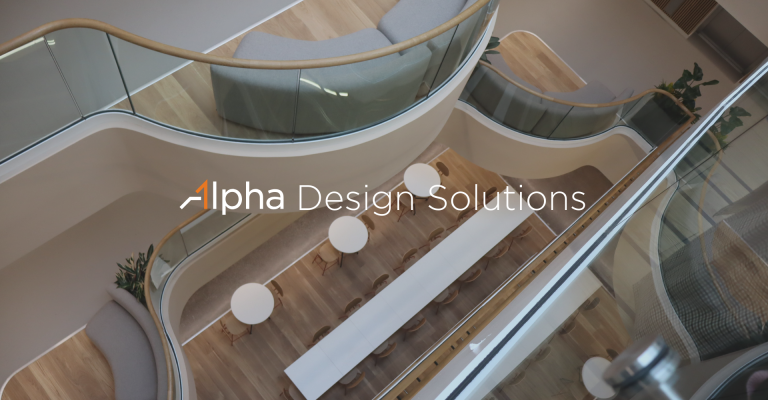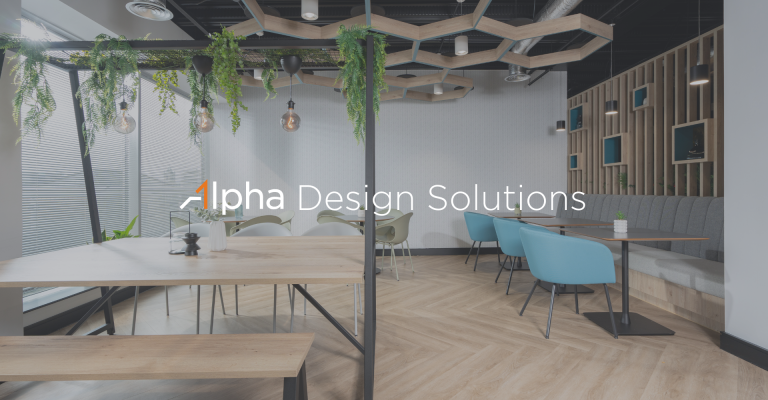Design
Why Office Acoustics Matter: Designing a Space for Focus and Collaboration
15 August, 2024

In today's dynamic work environments, the concept of a "quiet office" seems almost elusive. Open-plan layouts, collaborative spaces, and a growing emphasis on flexibility have brought many great opportunities, but also a new set of challenges, particularly when it comes to noise management. Yet, amidst all these changes, one thing remains clear: acoustics matter.

Understanding Office Acoustics: More than Just Noise
Acoustics in the workplace isn’t just about reducing noise; it’s about creating a balanced sound environment where employees can focus, collaborate, and innovate without distractions. Poor acoustics can lead to reduced productivity, increased stress, and even a decline in overall job satisfaction. On the other hand, a well-designed acoustic environment can foster creativity, encourage teamwork, and enhance employee well-being.
The Impact of Poor Acoustics on Employee Performance
- Distractions and Decreased Focus
Research shows that employees in noisy environments are more likely to be distracted, making it difficult to concentrate on tasks. The average office worker is interrupted as often as every 11 minutes, and it takes about 23 minutes to refocus after an interruption. Inadequate acoustic planning can lead to constant background noise, which hampers focus and leads to mistakes, reducing overall efficiency.
- Increased Stress and Fatigue
Continuous exposure to noise, even at low levels, can cause stress and mental fatigue. Background noise, such as conversations or office equipment, can increase cognitive load, forcing the brain to work harder to filter out distractions. Over time, this constant strain can contribute to burnout and lower employee morale.
- Reduced Collaboration and Communication
While open-plan offices are designed to foster collaboration, poor acoustics can have the opposite effect. Employees may avoid open areas or meeting rooms if they feel their conversations are easily overheard or if background noise makes it difficult to communicate. This reluctance can hinder teamwork, creativity, and the exchange of ideas.

Designing for Acoustic Comfort: Key Considerations
Creating an acoustically comfortable office involves more than just adding soundproofing materials. It requires a holistic approach that considers the design, layout, materials, and technology to manage sound effectively. Here are some key considerations:
1. Zoning and Space Planning
Dividing the office into different zones can help manage noise levels effectively. For example, designate areas for focused work, collaboration, meetings, and relaxation. This allows employees to choose a space that suits their activity while keeping noise contained to specific areas.

2. Acoustic Materials and Furniture
Incorporating acoustic panels, ceiling tiles, and soft furnishings can help absorb sound and reduce noise transmission. Furniture with high backs, partitions, and upholstered surfaces can also serve as sound buffers.

3. Flexible and Adaptable Design
Using movable partitions, sliding doors, or curtains can offer flexibility in managing acoustics. These elements can create temporary quiet zones or meeting spaces when needed, allowing the office to adapt to different activities throughout the day.

4. Natural Elements
Biophilic design principles, such as incorporating plants, water features, or wood finishes, can also help improve acoustics by absorbing sound and creating a more calming environment. These elements not only manage noise but also contribute to a healthier, more aesthetically pleasing workplace.

Balancing Focus and Collaboration
The challenge in designing office acoustics is to strike the right balance between areas that promote focused work and those that encourage collaboration. Here’s how to achieve this balance:
- Quiet Zones: Establish quiet zones with higher levels of sound insulation for tasks that require deep concentration. These could be designated quiet rooms, phone booths, or individual workstations.
- Collaborative Spaces: Designate specific areas for group work, brainstorming sessions, and informal meetings. Equip these areas with sound-absorbing materials and ensure they are located away from quieter zones.
- Multi-Functional Areas: Consider creating multi-functional spaces that can adapt to different needs. For example, a meeting room could be used for quiet work during certain hours and collaborative sessions during others.

Conclusion
As the workplace continues to evolve, understanding and implementing effective acoustic solutions is more critical than ever. By thoughtfully designing a space that balances focus and collaboration, businesses can create a work environment that not only supports productivity and well-being but also fosters innovation and teamwork.
Ready to improve your office acoustics? Contact us today to learn how we can help you design a workspace that works for everyone.






